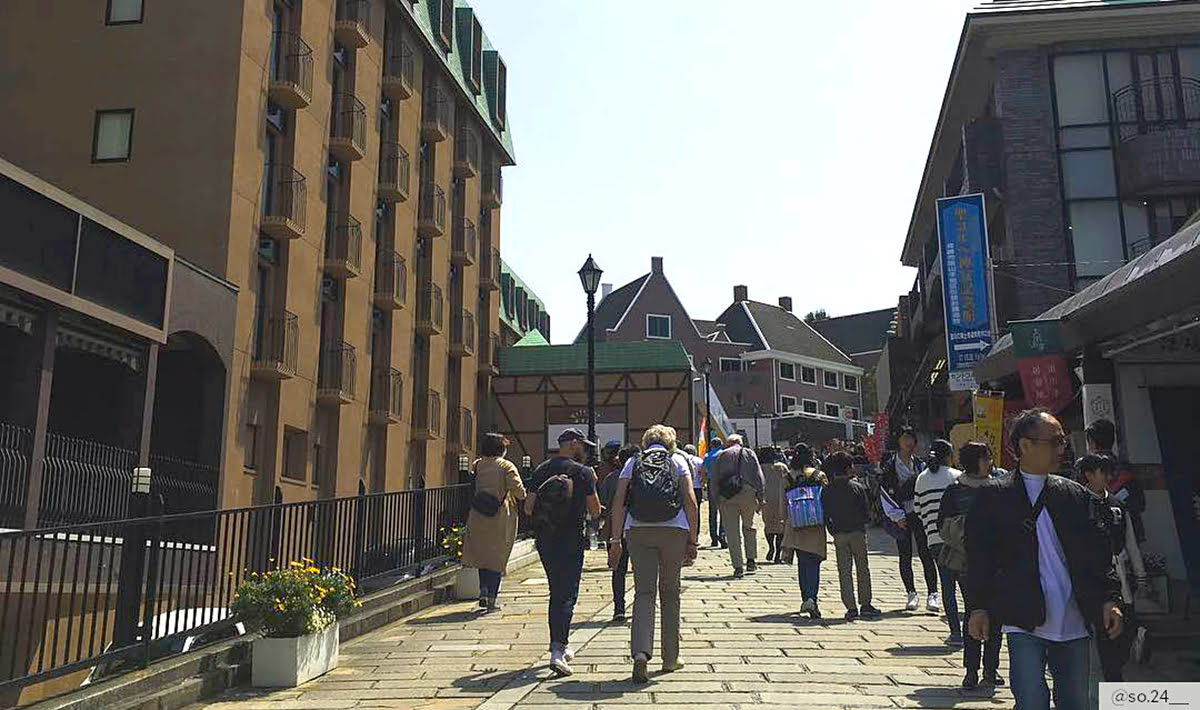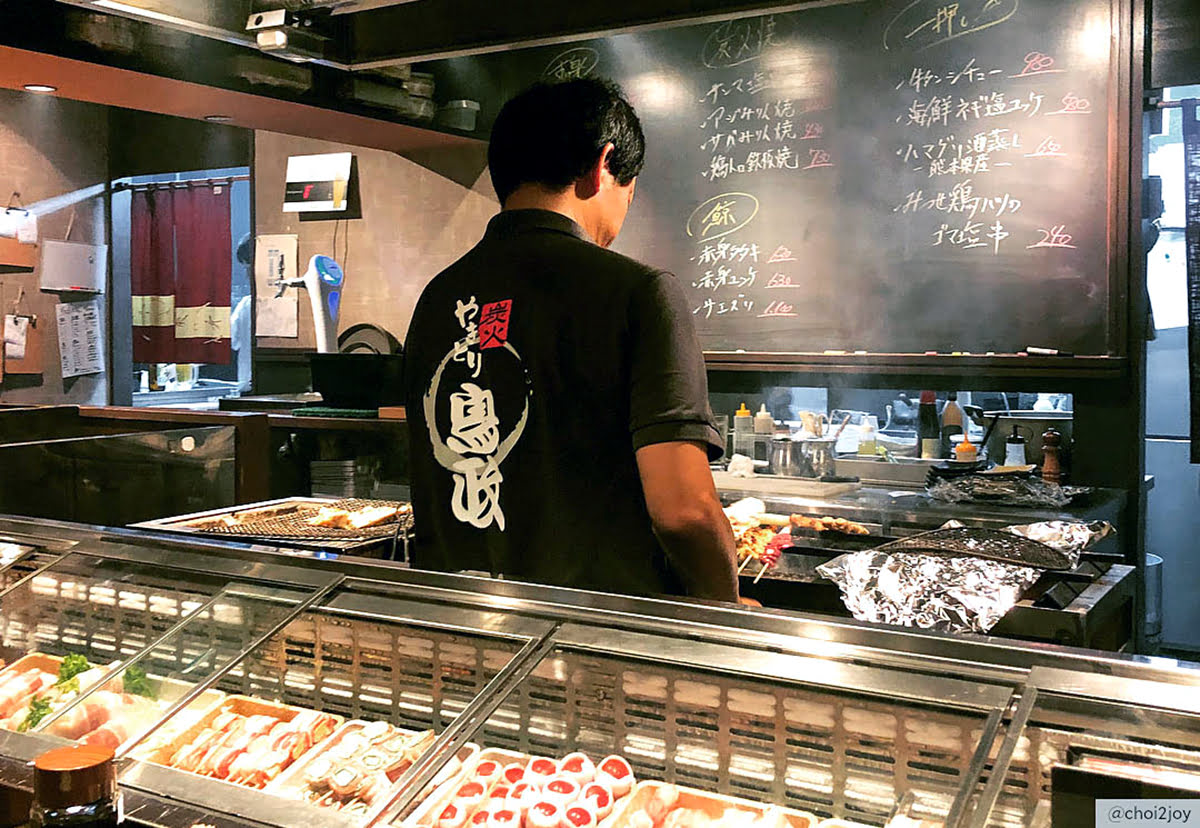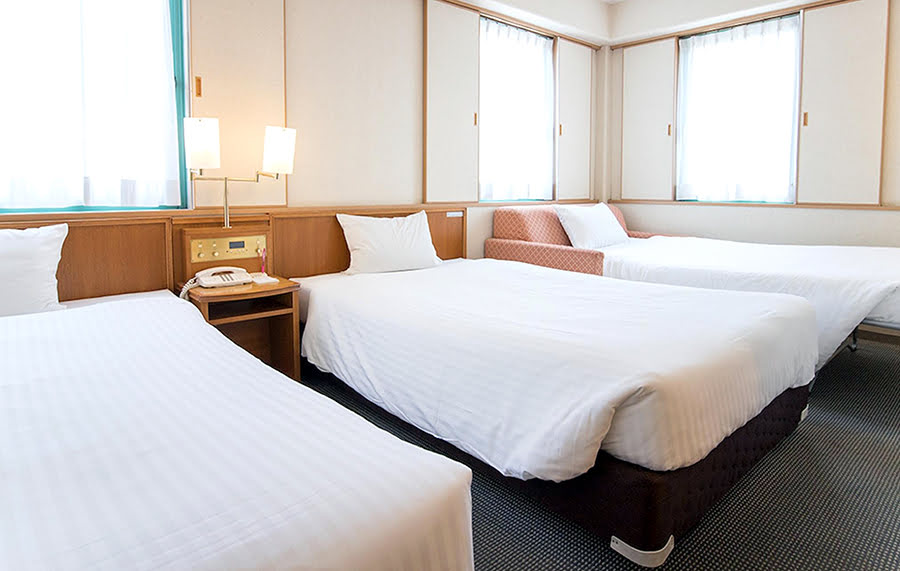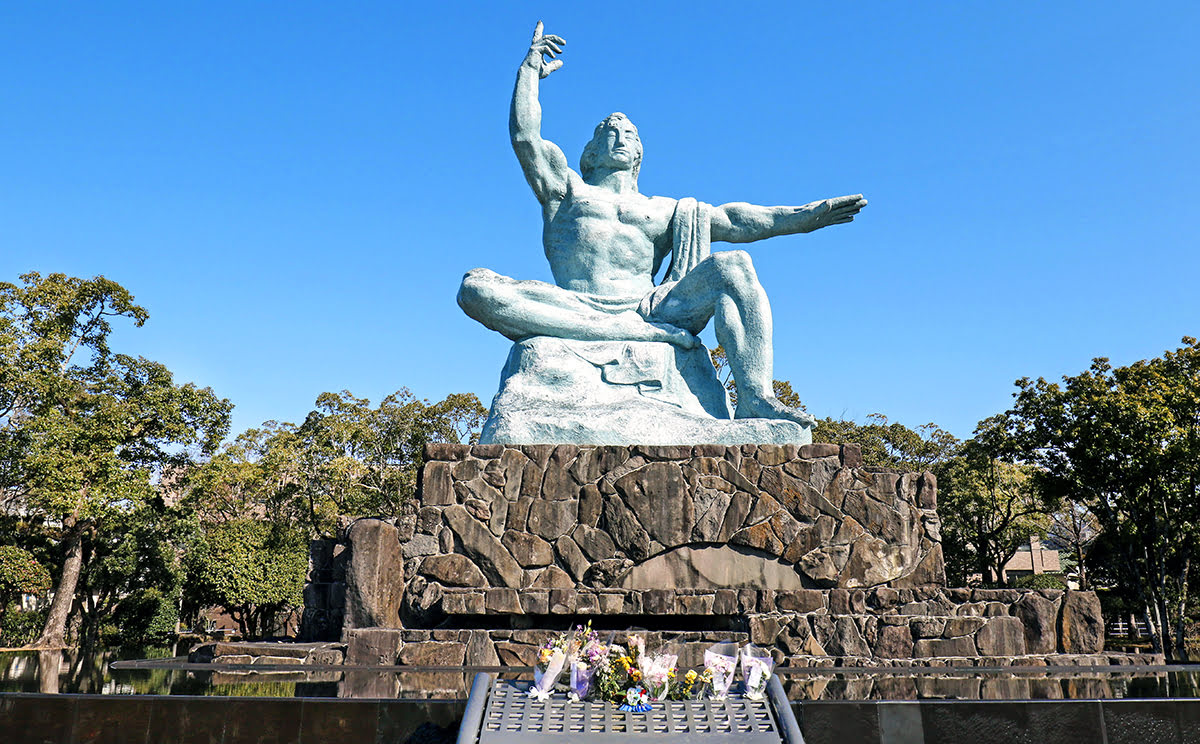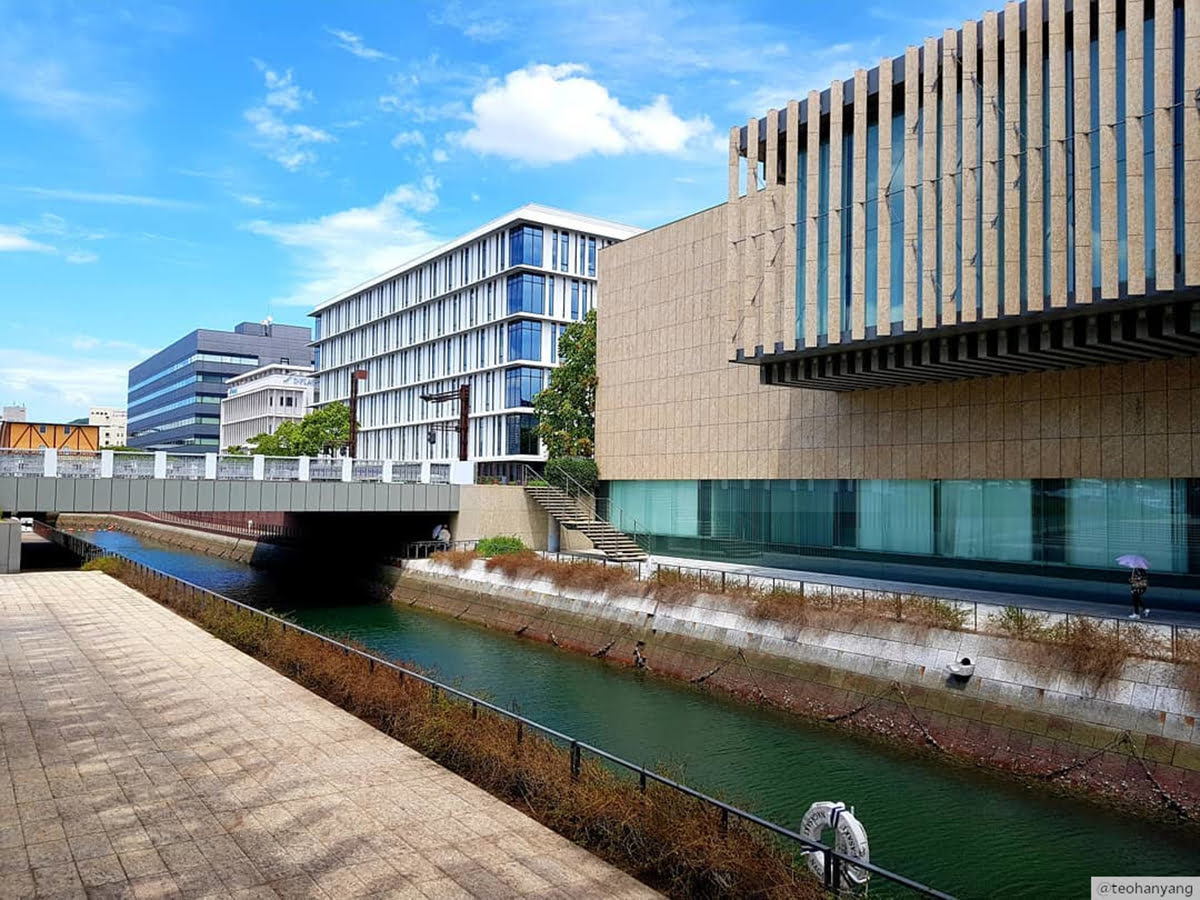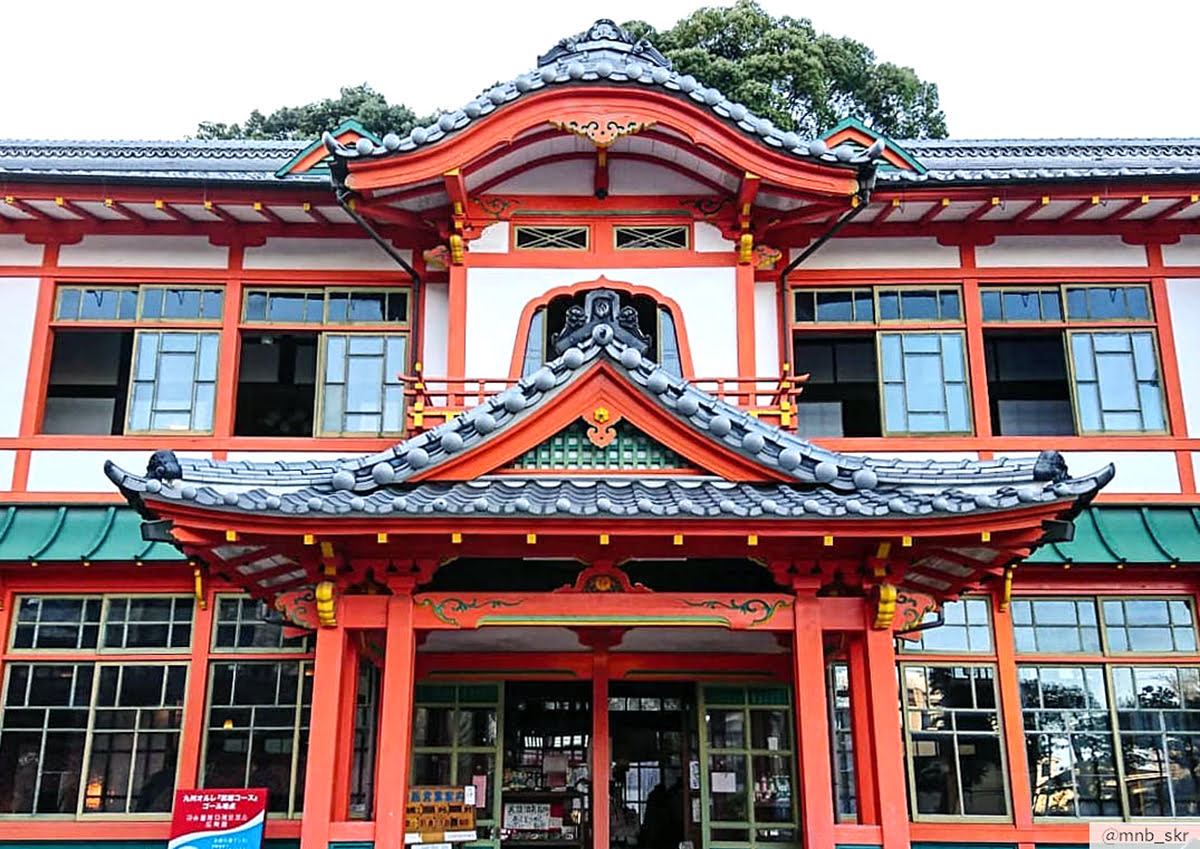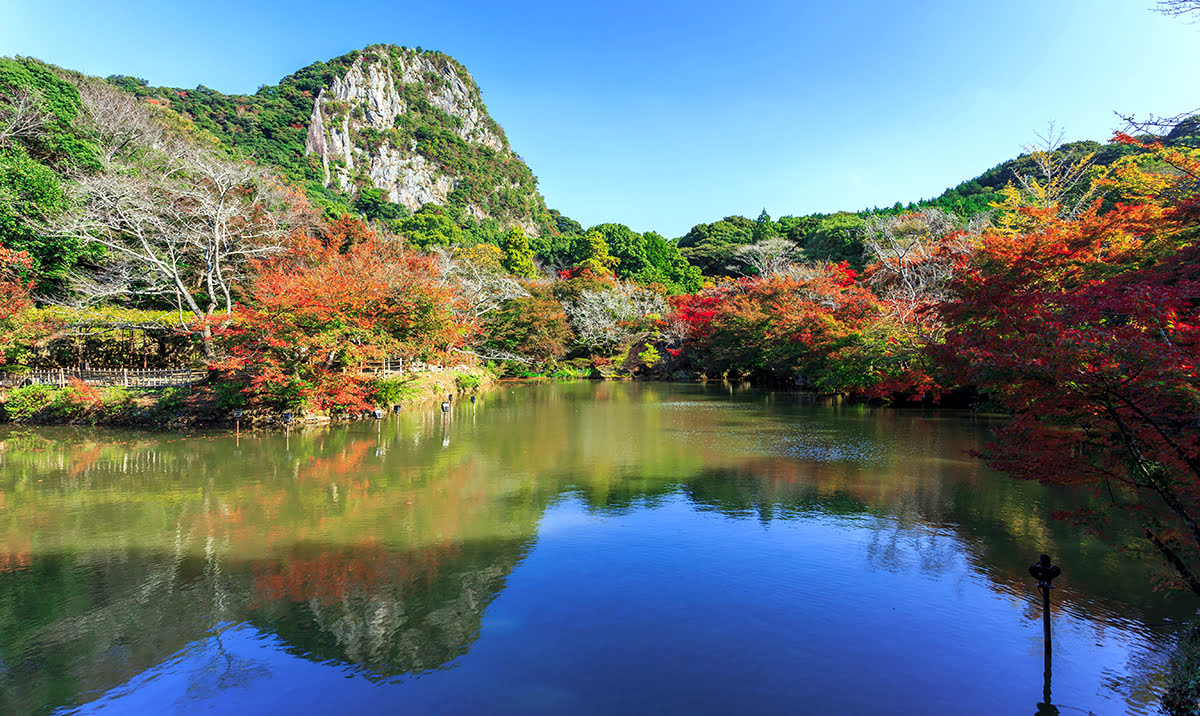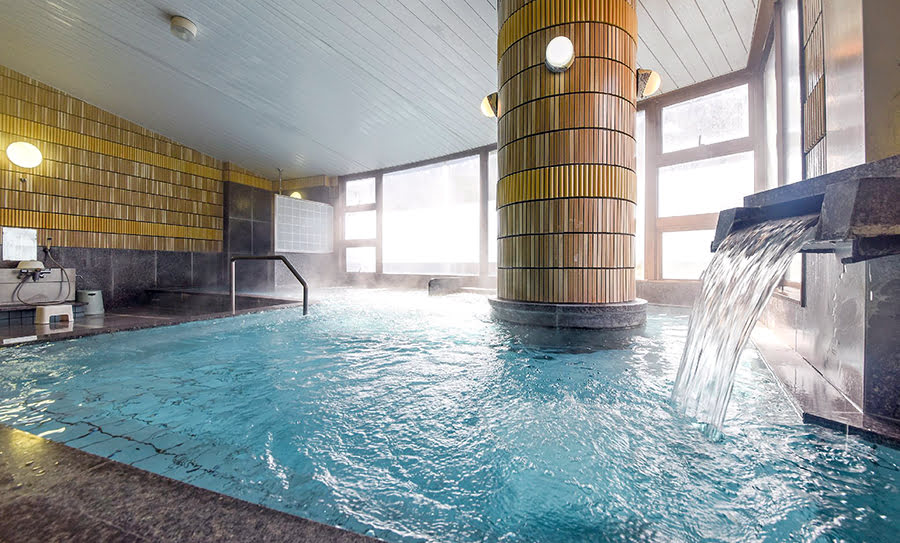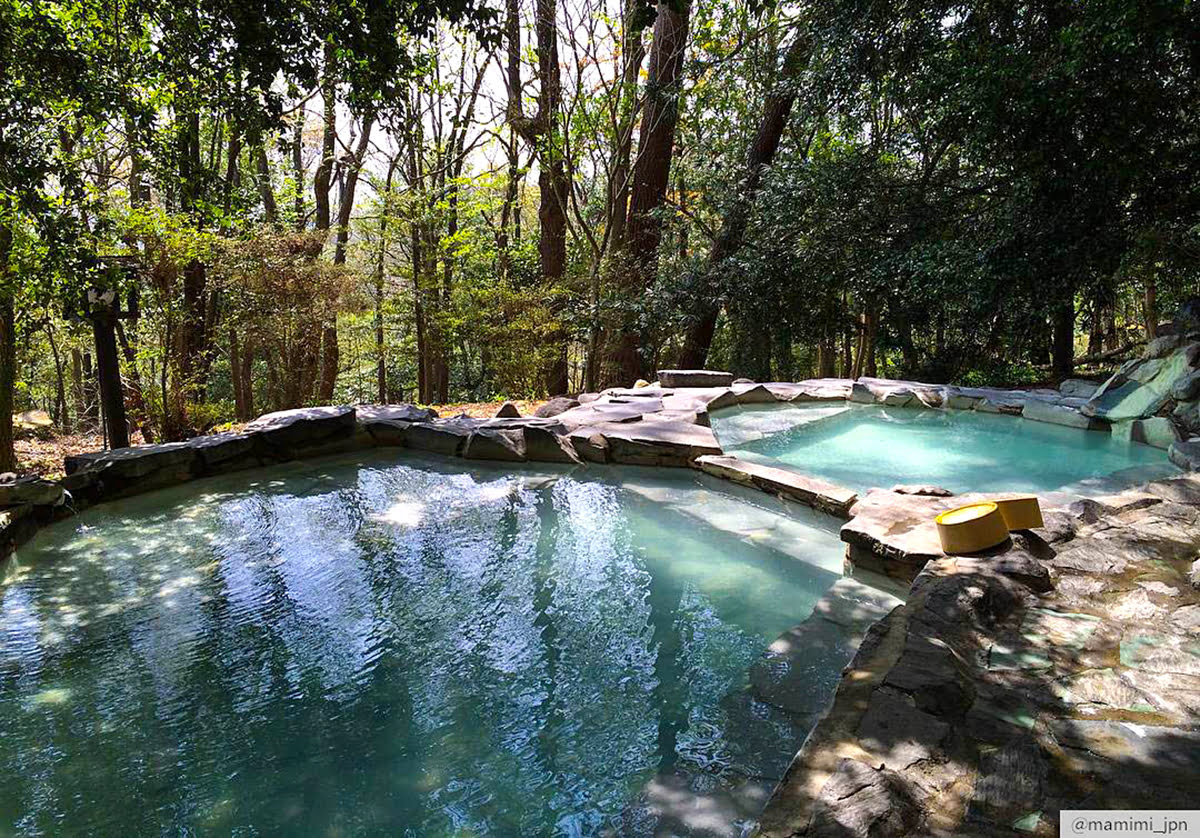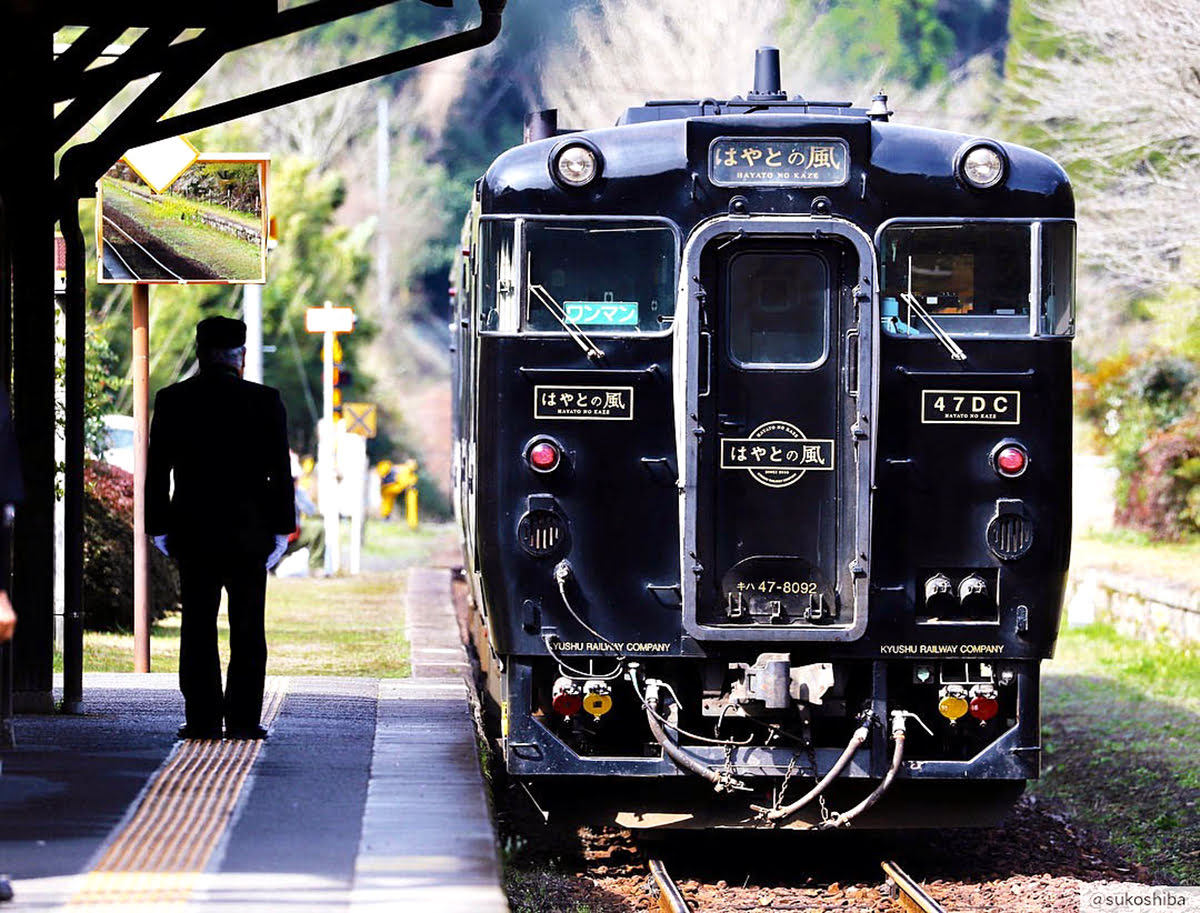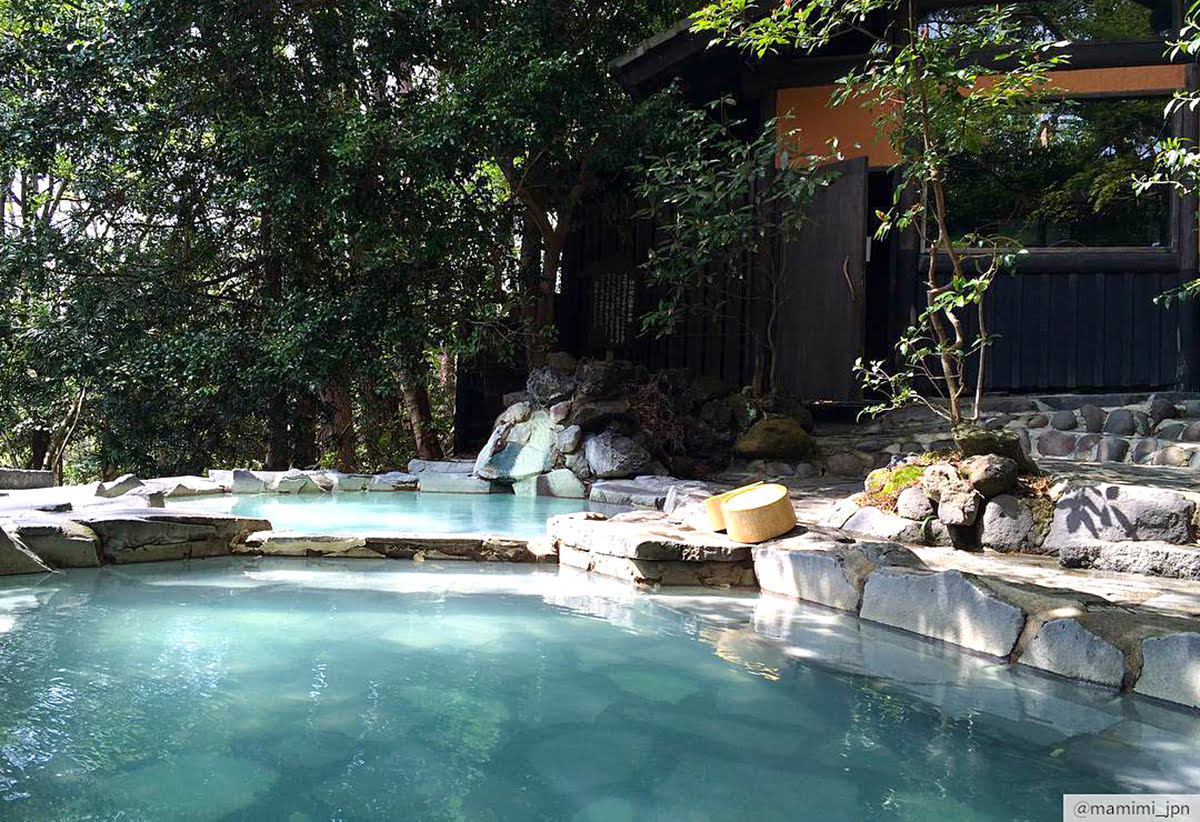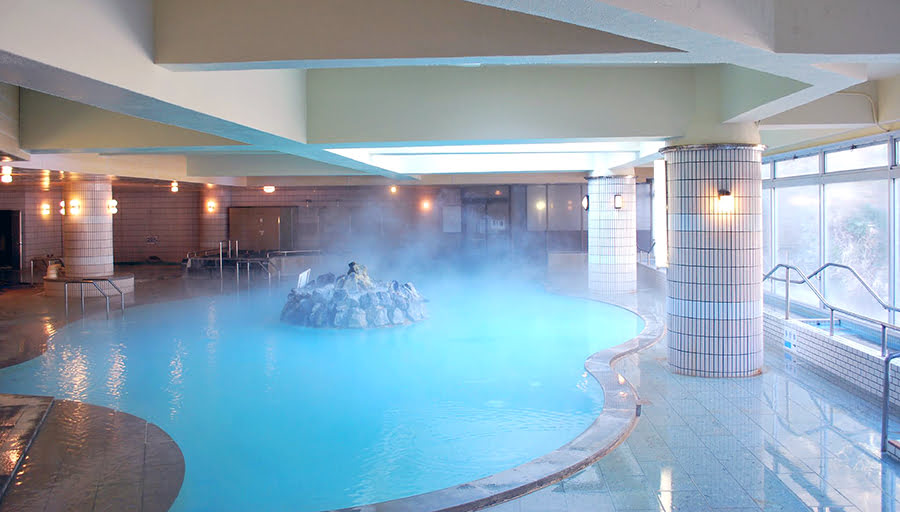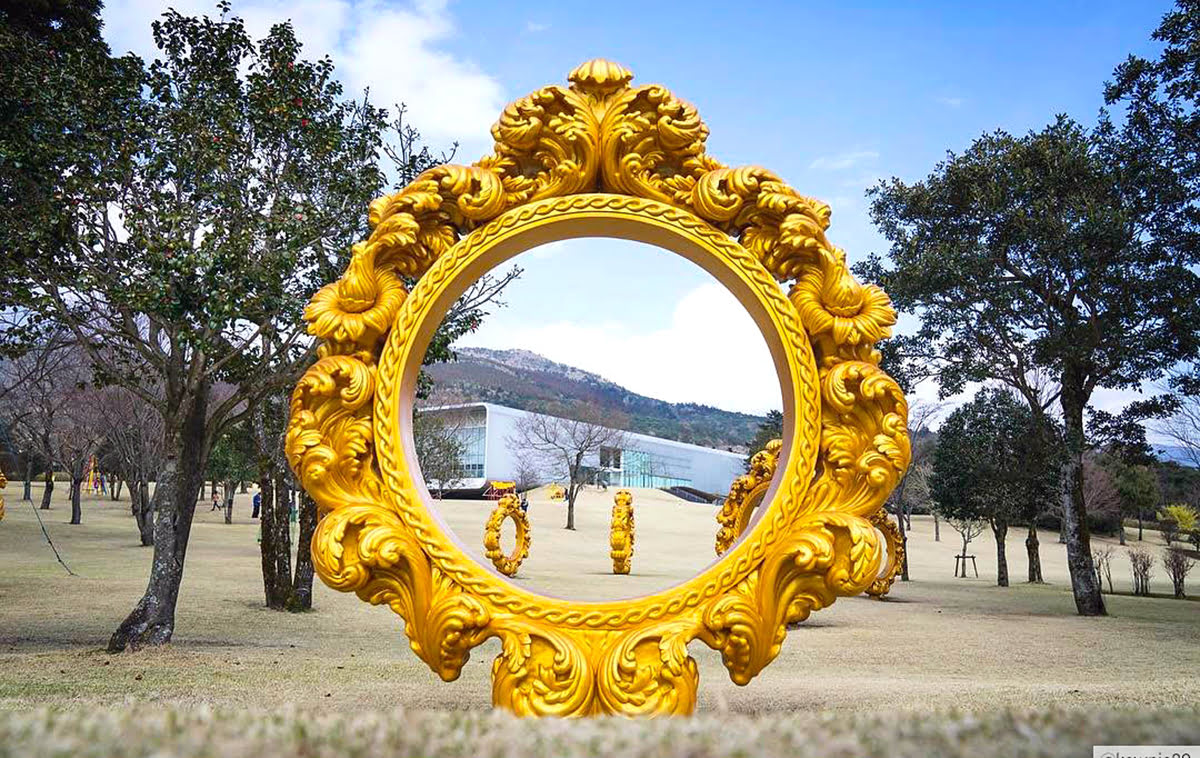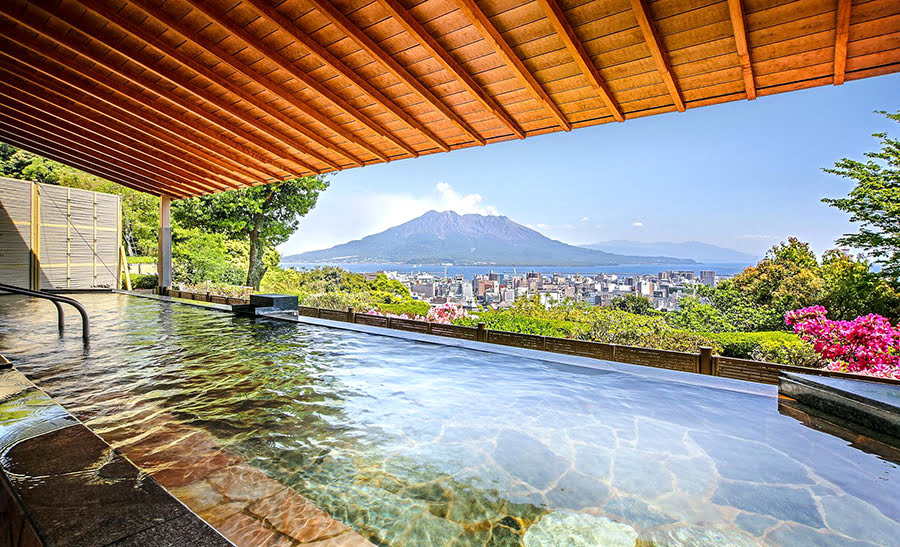Kyushu Culture Tour | See Nagasaki, Japanese Art & Hot Springs Regions

The southernmost of Japan’s main islands, Kyushu is a place brimming with natural beauty and culture. Its numerous mountain ranges are home to relaxing hot springs towns like Kirishima Hot Springs while its cities are home to world-class art museums like the Nagasaki Prefectural Art Museum. For an immersive experience of Japanese art and nature in one trip, here is a Kyushu culture tour that will take you through Nagasaki, Takeo Hot Springs, and the Kirishima area.
Kyushu Culture Tour | Day 1: Arriving at Nagasaki
Nagasaki is a picturesque port city that serves as the capital of Kyushu‘s Nagasaki Prefecture . During Japan’s period of isolation, it was one of the very few ports open to western traders. Today, this history can be seen in the city’s relatively large Christian population and distinct, European-style homes. Nagasaki is easily one of the most unique cities in Japan, making it the ideal place to start your Kyushu culture tour. It is a treasure-trove of history and art, with many famous landmarks to see and hidden gems to discover.
How to get to Nagasaki: If you are flying to Nagasaki from overseas, then both Nagasaki Airport and Fukuoka Airport provide easy access to the city. You can also reach Nagasaki via Japan Railways from Tokyo Station, Kyoto Station, and Osaka Station by taking the JR Tokaido/Sanyo Shinkansen Line to Hakata Station in Fukuoka. From there, catch the JR Kamome Limited Express to Nagasaki Station. The trip from Tokyo Station takes about seven hours, from Kyoto Station about six hours, and from Osaka Station about five hours.
Eating and shopping in Nagasaki
If you’ve spent much of the day traveling, then on your first evening in Nagasaki you will likely want to take it easy, experience the local cuisine, and check out the shopping scene. Nagasaki is a foodie’s paradise. It is overflowing with restaurants serving up dishes inspired by the surrounding land and sea. The waters off the city’s coast offer some of Japan’s best fishing grounds. Nagasaki is also abundant in shopping malls and retail spaces selling a wide variety of traditional crafts and souvenir items.
Best restaurants in Nagasaki
- Yakitori Torimasa Ebisu
- Yosso
- Kagetsu
- Okano Steak House
- Menya Always Nagasaki
- Houuntei
- Bar IWI
- Kouzanrou
- Shikairo
Best shopping in Nagasaki
- Amu Plaza Nagasaki
- MIRAI NAGASAKI COCOWALK
- Seifudo, Glover Garden-dori
- Tatematsuru
- Nagasaki Hamaya
- Ishimaru Bunkoudou
Check In to Hotel Belleview Nagasaki Dejima, Step Out to Nagasaki Station
FIND & BOOK A HOTEL IN NAGASAKI TODAY
Kyushu Culture Tour | Day 2 morning: Nagasaki sightseeing
There’s so much to see and do in Nagasaki, so we’ve narrowed down some of the city’s main art and cultural attractions. Start your day bright and early with Nagasaki‘s most important landmarks and then make your way over to the Nagasaki Prefectural Art Museum when it opens.
Top attractions in Nagasaki
- Kofukuji Temple: Established in 1624, Kofukuji Temple is the oldest Buddhist temple in Nagasaki. It was founded by a Chinese monk and features a unique Chinese architectural style. The temple belongs to the Obaku school of Zen Buddhism.
- Sofukuji Temple: Another wonderful example of Chinese architecture, Sofukuji Temple was built in 1629 and also belongs to the Obaku Zen Buddhist school. A bright red gate marks the entrance and makes for a great photo spot.
- Nagasaki Confucius Shrine: The Chinese influence in Nagasaki can also be seen at the Nagasaki Confucius Shrine, one of the few Confucian shrines in all of Japan. Established in 1893, the shrine contains ornate and colorful buildings, a museum, and a small garden complete with a pond.
- Oura Catholic Church: The oldest Christian church in Japan still standing today, Oura Catholic Church was built by a French missionary in 1864 for the growing Christian community of the day. Parts of the church have been renovated into a museum.
- Nagasaki Peace Park: A serene and tranquil space, Nagasaki Peace Park commemorates the 1945 atomic bombing and is dedicated to the theme of world peace. The park contains numerous statues, a sculpture garden with works from around the world, a memorial hall, and the Nagasaki Atomic Bomb Museum.
Nagasaki Prefectural Art Museum
Opened in 2005, the Nagasaki Prefectural Art Museum hosts both a permanent collection and temporary art exhibits in its multiple galleries. The permanent collection consists of artwork related to Nagasaki with pieces from local artists, as well as a large selection of Spanish art collected by Suma Yakichiro, a diplomat who served in Spain during World War II. Known as the Suma Collection, it contains a variety of both medieval and contemporary art. It also contains pieces from the legendary Picasso. In addition to the galleries, the Nagasaki Prefectural Art Museum has a museum shop and a cafe.
The beautiful and spacious complex is situated by Nagasaki Port. It was designed by world-famous architect Kuma Kengo and was a recipient of the 2005 Marble Architecture Award. A generous use of glass makes the space feel bright and airy, offering plenty of light for seeing all of the details in the artwork. One of the more striking features of the Nagasaki Prefectural Art Museum is a rooftop garden which features a lawn space, paved walkways, and seating areas with panoramic views of the port and the city.
Nagasaki Prefectural Art Museum hours, admission, and access
The Nagasaki Prefectural Art Museum is just a quick, three-minute walk from Dejima Station or a two-minute walk from Medical Center Station. Both can be reached via a short tram ride from Nagasaki Station.
The museum’s operating hours are 10 a.m. to 8 p.m. every day except for the second and fourth Mondays of the month. The cost of general admission is ¥400 for adults, ¥300 for university students and seniors, and ¥200 for children.
Kyushu Culture Tour | Day 2 afternoon: Takeo Hot Springs
When you are finished at the Nagasaki Prefectural Art Museum, it’s time to head to the resort town of Takeo Hot Springs in Saga Prefecture , a journey of about one and a half hours. First, catch the JR Kamome Line from Nagasaki Station to Hizen-Yamaguchi Station. From there, take the JR Kyushu Sasebo Line to Takeo Onsen Station.
Takeo Hot Springs has a history dating back over 1,300 years, and many Japanese historical figures are said to have come here to enjoy the soothing and healing hot spring waters. When you arrive in town, you will be greeted by the two-story vermillion Roumon Gate, which marks the entrance to the public baths area. The main public baths are Motoyu, Horaiyu, and Saginoyu, which have entry fees of ¥400 to ¥600 for adults and ¥200 to ¥300 for children. Saginoyu is the largest facility of the three, offering outdoor baths and a sauna as well.
Kyushu Culture Tour | Day 2 evening: Mifuneyama Rakuen
Mifuneyama Rakuen is a large and beautiful garden spread out over the base of Mount Mifuneyama, located just 25 minutes by foot or five minutes by taxi from Takeo Onsen Station. The garden is home to thousands of cherry trees, azaleas, and plum trees, which paint the landscape in stunning colors in the spring. There are also more than 500 statues of Buddhist saints among the greenery. Another wonderful feature of Mifuneyama Rakuen is the way that the garden is illuminated in the evening, allowing visitors to enjoy it after dark. The paths are well lit, making for a relaxing nighttime stroll. Digital art presentations further add to the nighttime appeal of Mifuneyama Rakuen.
Check In to Takeo Onsen Mori no Resort Hotel, Step Out to Mifuneyama Rakuen
FIND & BOOK A HOTEL IN NAGASAKI TODAY
Kyushu Culture Tour | Day 3: Traveling to Kirishima Hot Springs
The next stop on your Kyushu culture tour is Kirishima Hot Springs, a popular resort town in Kagoshima Prefecture. It is a bit of a journey from the Takeo Hot Springs area, but getting there is half the experience and involves a ride on the JR Hayato no Kaze train, an iconic sightseeing train that travels between Kagoshima Chuo Station and Yoshimatsu Station.
To get to Kagoshima Chuo Station from Takeo Onsen Station, take the JR Midori-Huis Ten Bosch Line to Shin-Tosu Station and transfer there to the JR Kyushu Shinkansen Line. The trip takes about two hours.
Experience the JR Hayato no Kaze
At Kagoshima Chuo Station, you will catch the JR Hayato no Kaze to Kirishima Onsen Station, a journey of just over an hour. The JR Hayato no Kaze is a traditional, all-black train with elegant gold lettering on the side. The wood-finished interior is inviting and comfortable, with air conditioning and reclining seats. Panorama side windows in the middle of each car as well as an observation deck that is available to all passengers offer breathtaking views of the scenery, especially as the train makes its way along Kinko (Kagoshima) Bay. All passengers on the JR Hayato no Kaze receive a special commemorative ticket as a fun souvenir of their trip. Bento box lunches are also available for purchase.
Kirishima Hot Springs
Once you arrive at Kirishima Onsen Station, it is a quick bus or taxi ride to the main Kirishima Hot Springs area. Enjoy a relaxing soak with your choice of scenery, including views of lofty mountain peaks and distant Kagoshima Bay. This famous hot spring paradise is home to a wide variety of baths fed by nine different types of hot spring waters, each said to have unique characteristics and benefits. Many of the area’s hotels have their own baths and there are plenty of public baths available as well. While you are in the area, make sure you visit Kirishima Onsen Market to try some local foods that have been cooked using volcanic steam.
Best baths in Kirishima Hot Springs
- Kirishima Hotel
- Kirishima Onsen Ryokojin Sanso
- Kirishima Kokusai Hotel
- Kirishima Kanko Hotel
- Shinyu Hot Spring
- Sakura Sakura Onsen
- Hotel Kayōtei
Check In to Kirishima Kokusai Hotel, Step Out to Kirishima Onsen Market
FIND & BOOK A HOTEL IN KIRISHIMA TODAY
Kyushu Culture Tour | Day 4: Exploring the Kirishima Open Air Museum
The next day, hop back on the JR Hayato no Kaze at Kirishima Onsen Station for a short trip to Kurino Station, the closest stop to the Kirishima Open Air Museum. Alternatively, you can also take the JR Hisatsu line. From Kurino Station, just catch a bus or taxi to the museum.
The Kirishima Open Air Museum is the premier art and culture center in Kagoshima Prefecture. Opened in 2000, it is a unique space that strives to showcase the combined beauty of art and nature with works that also reflect the region’s history and culture. The museum consists of two main parts: an indoor Art Hall housing the museum’s permanent collection and a large outdoor section dotted with sculptures that is commonly known as the Art Forest. The outdoor sculptures all blend seamlessly into the landscape, which sits 2,300 feet above sea level in the Mount Kirishima foothills. You will find original creations by both Japanese and international artists, all of them having been inspired by the beautiful surroundings. It is easy to spend a large portion of the day exploring the Kirishima Open Air Museum grounds, which encompass an area of about 20 hectares.
Kirishima Open Air Museum hours and admission
The Kirishima Open Air Museum is open from 9 a.m. to 5 p.m. on weekdays (except for Mondays) and from 9 a.m. to 7 p.m. on weekends. Hours are also extended to 7 p.m. from the end of July to the end of August.
The cost of admission to both the indoor and outdoor exhibitions are ¥1040 for adults, ¥760 for high school and university students, and ¥520 for elementary and junior high students.
Check In to SHIROYAMA HOTEL kagoshima, Step Out to Kagoshima Prefecture
You may also like
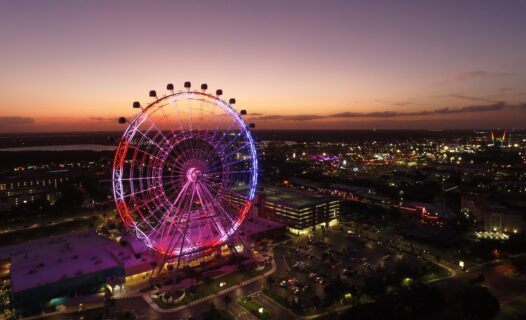
Embark on a culinary adventure in Orlando! From exquisite fine dining and vibrant food trucks to sustainable eats and lively festivals, discover the flavors that make Orlando a foodie's paradise.
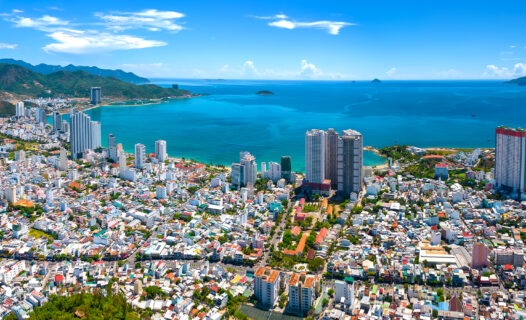
Dive into the ultimate Nha Trang shopping adventure! Explore bustling markets, chic boutiques, eco-friendly finds, and seasonal events in our detailed guide.
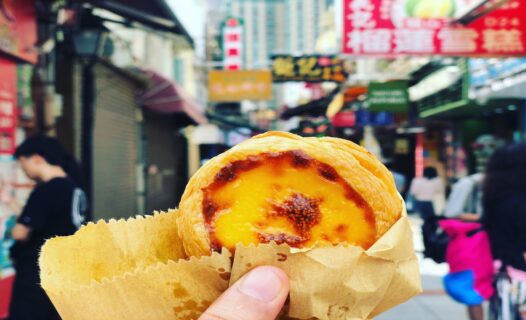
Embark on a culinary journey through Macau with our ultimate guide to its fusion flavors. Discover traditional dishes, insider dining tips, and vibrant food festivals that celebrate the best of Macanese cuisine.
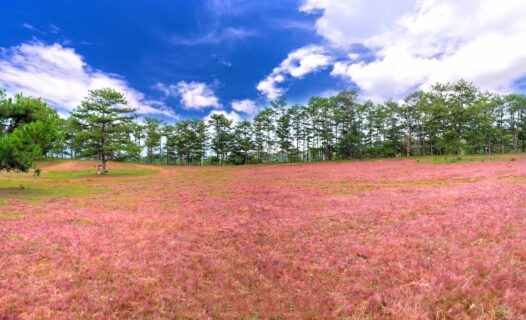
Dive into our captivating 3-Day Dalat Itinerary to uncover Vietnam's highlands gem. From serene lakes to historic sites, embrace adventure & relaxation in Dalat.
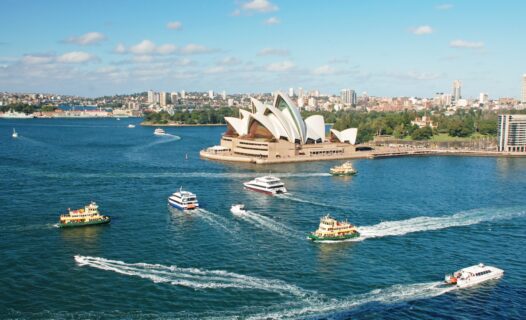
Embark on a captivating 7-day journey through Sydney, Australia. From iconic landmarks like the Opera House to the serene Blue Mountains and vibrant Darling Harbour, discover the best attractions the Harbour City has to offer.
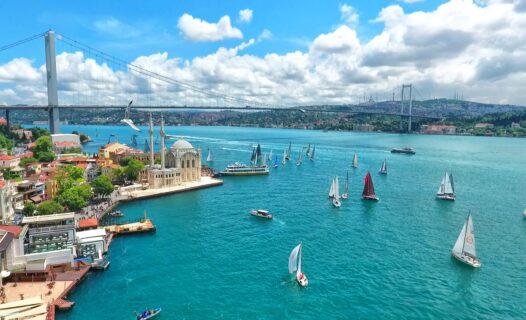
Embark on a captivating 5-day journey through Istanbul, exploring historic wonders and cultural gems. Discover itineraries filled with majestic palaces, vibrant bazaars, and scenic cruises.

Embark on a delectable journey through Goa's culinary landscape with our comprehensive guide. Discover traditional Goan cuisine's fusion of flavors, from spicy vindaloos to sweet bebinca, and dive into local culture through markets, cooking classes, and sustainable dining.
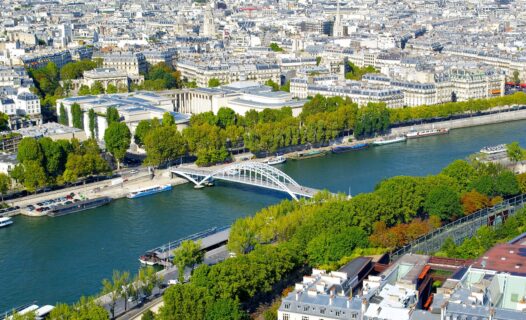
Discover the charm of Paris' arrondissements with our ultimate travel guide. From the historic heart of the city to hidden gems, find the perfect stay for every traveler.
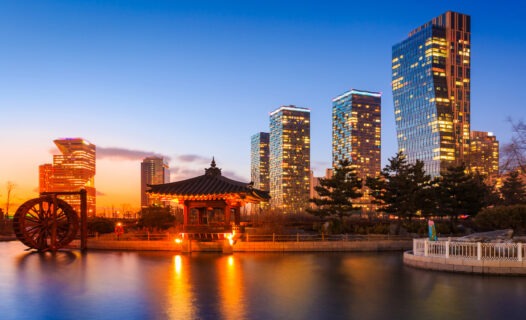
Uncover the best of Incheon in 5 days, from awe-inspiring historic sites to state-of-the-art modern marvels. Indulge in cultural tours, culinary delights, and breathtaking scenery.
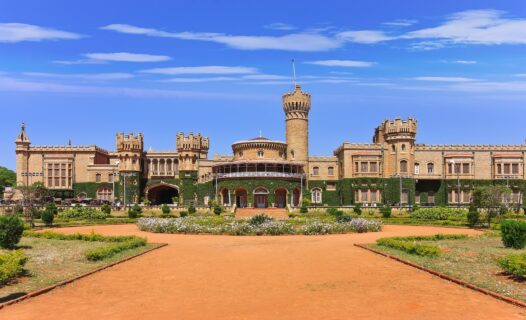
Dive into our 3 Days in Bangalore Itinerary to uncover the best of the Garden City. From royal palaces to tech hubs, enjoy a blend of culture, history, and nature.
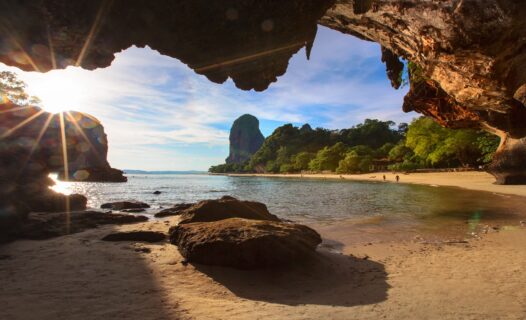
Dive into our exclusive 7-Day Krabi Itinerary on Agoda’s Travel Guide. Discover pristine beaches, lush jungles, and cultural treasures in Thailand's paradise.
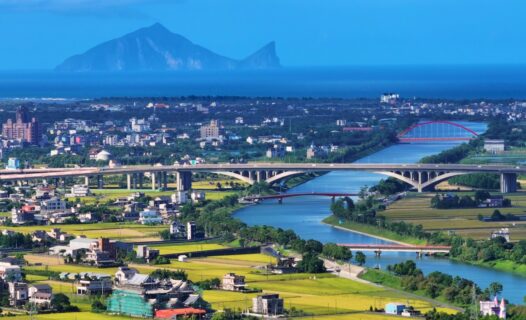
Embark on an extraordinary weekend getaway in Yilan with our curated itinerary. Discover lush landscapes, soak in natural hot springs, and indulge in local culinary delights.
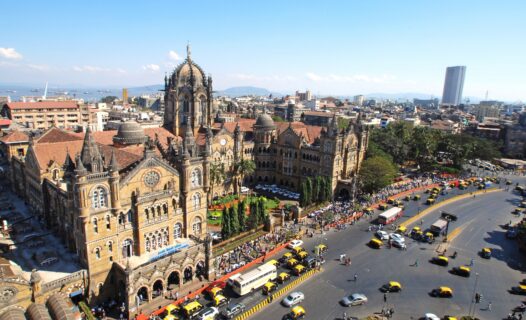
Dive into Mumbai's vibrant culture, history, and flavors with our detailed 3-day itinerary. Discover iconic landmarks, hidden gems, and culinary delights.
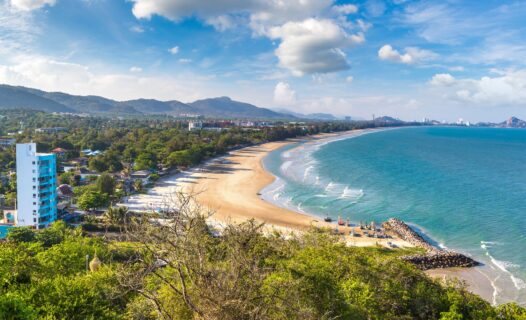
Embark on a 7-day journey through Hua Hin/Cha-am with our expertly crafted itinerary. Discover pristine beaches, royal palaces, and hidden gems.
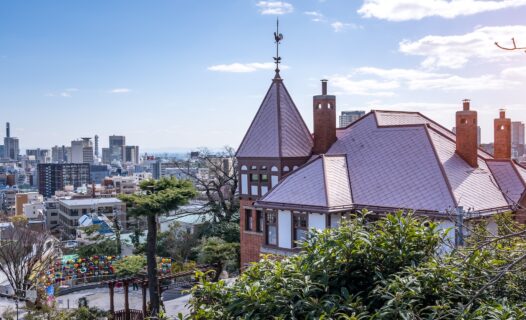
Embark on a captivating 3-day journey through Kobe, Japan. From historical landmarks to scenic beauty, discover the best of Kobe.
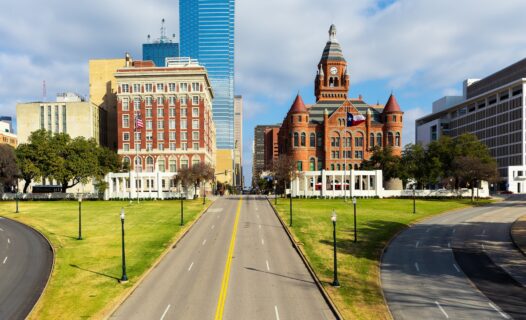
Uncover the best of Dallas with our exclusive 3-day itinerary. From iconic landmarks to hidden gems, discover why Dallas, TX, is a must-visit destination.
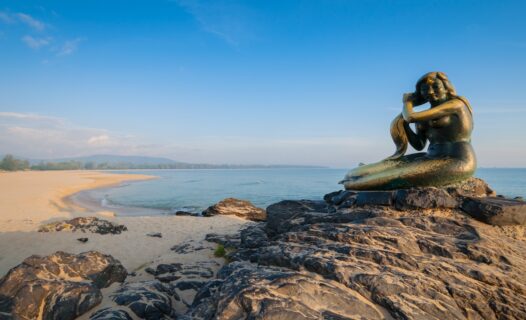
Discover the best of Hat Yai with our 5-day itinerary. From bustling markets to serene temples, experience the hidden gems of Southern Thailand.
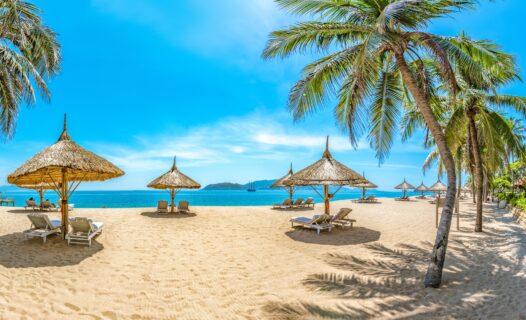
Dive into our 5-day Nha Trang itinerary designed for adventure seekers! From island-hopping to scuba diving and cultural wonders, discover the best of Nha Trang with our expert guide.
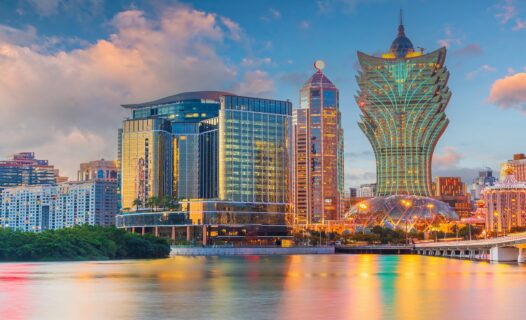
Dive into our engaging 3-Day Macau Itinerary to uncover the vibrant mix of history, culture, and exhilaration in Asia's Vegas.
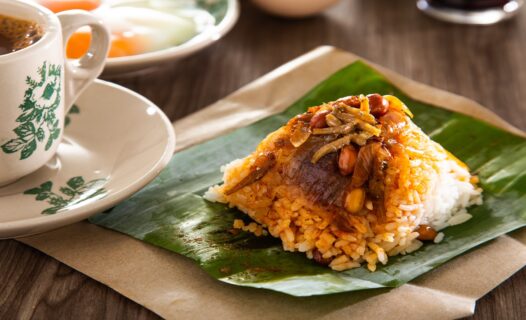
Dive into Ipoh's culinary paradise with our 3-day food lover's guide! Discover the best eats, hidden cafes, and cultural delights in Malaysia's gastronomic haven.

Unveil the magic of Orlando with our exclusive weekend getaway itinerary! From thrilling theme parks to serene gardens and vibrant nightlife, discover top attractions and local hidden gems.

The southernmost of Japan’s main islands, Kyushu is a place brimming with natural beauty and culture. Its numerous mountain ranges are home to relaxing hot springs towns like Kirishima Hot Springs while its cities are home to world-class art museums like the Nagasaki Prefectural Art Museum. For an immersive experience of Japanese art and nature in one trip, here is a Kyushu culture tour that will take you through Nagasaki, Takeo Hot Springs, and the Kirishima area.
Kyushu Culture Tour | Day 1: Arriving at Nagasaki
Nagasaki is a picturesque port city that serves as the capital of Kyushu‘s Nagasaki Prefecture . During Japan’s period of isolation, it was one of the very few ports open to western traders. Today, this history can be seen in the city’s relatively large Christian population and distinct, European-style homes. Nagasaki is easily one of the most unique cities in Japan, making it the ideal place to start your Kyushu culture tour. It is a treasure-trove of history and art, with many famous landmarks to see and hidden gems to discover.
How to get to Nagasaki: If you are flying to Nagasaki from overseas, then both Nagasaki Airport and Fukuoka Airport provide easy access to the city. You can also reach Nagasaki via Japan Railways from Tokyo Station, Kyoto Station, and Osaka Station by taking the JR Tokaido/Sanyo Shinkansen Line to Hakata Station in Fukuoka. From there, catch the JR Kamome Limited Express to Nagasaki Station. The trip from Tokyo Station takes about seven hours, from Kyoto Station about six hours, and from Osaka Station about five hours.
Eating and shopping in Nagasaki
If you’ve spent much of the day traveling, then on your first evening in Nagasaki you will likely want to take it easy, experience the local cuisine, and check out the shopping scene. Nagasaki is a foodie’s paradise. It is overflowing with restaurants serving up dishes inspired by the surrounding land and sea. The waters off the city’s coast offer some of Japan’s best fishing grounds. Nagasaki is also abundant in shopping malls and retail spaces selling a wide variety of traditional crafts and souvenir items.
Best restaurants in Nagasaki
- Yakitori Torimasa Ebisu
- Yosso
- Kagetsu
- Okano Steak House
- Menya Always Nagasaki
- Houuntei
- Bar IWI
- Kouzanrou
- Shikairo
Best shopping in Nagasaki
- Amu Plaza Nagasaki
- MIRAI NAGASAKI COCOWALK
- Seifudo, Glover Garden-dori
- Tatematsuru
- Nagasaki Hamaya
- Ishimaru Bunkoudou
Check In to Hotel Belleview Nagasaki Dejima, Step Out to Nagasaki Station
FIND & BOOK A HOTEL IN NAGASAKI TODAY
Kyushu Culture Tour | Day 2 morning: Nagasaki sightseeing
There’s so much to see and do in Nagasaki, so we’ve narrowed down some of the city’s main art and cultural attractions. Start your day bright and early with Nagasaki‘s most important landmarks and then make your way over to the Nagasaki Prefectural Art Museum when it opens.
Top attractions in Nagasaki
- Kofukuji Temple: Established in 1624, Kofukuji Temple is the oldest Buddhist temple in Nagasaki. It was founded by a Chinese monk and features a unique Chinese architectural style. The temple belongs to the Obaku school of Zen Buddhism.
- Sofukuji Temple: Another wonderful example of Chinese architecture, Sofukuji Temple was built in 1629 and also belongs to the Obaku Zen Buddhist school. A bright red gate marks the entrance and makes for a great photo spot.
- Nagasaki Confucius Shrine: The Chinese influence in Nagasaki can also be seen at the Nagasaki Confucius Shrine, one of the few Confucian shrines in all of Japan. Established in 1893, the shrine contains ornate and colorful buildings, a museum, and a small garden complete with a pond.
- Oura Catholic Church: The oldest Christian church in Japan still standing today, Oura Catholic Church was built by a French missionary in 1864 for the growing Christian community of the day. Parts of the church have been renovated into a museum.
- Nagasaki Peace Park: A serene and tranquil space, Nagasaki Peace Park commemorates the 1945 atomic bombing and is dedicated to the theme of world peace. The park contains numerous statues, a sculpture garden with works from around the world, a memorial hall, and the Nagasaki Atomic Bomb Museum.
Nagasaki Prefectural Art Museum
Opened in 2005, the Nagasaki Prefectural Art Museum hosts both a permanent collection and temporary art exhibits in its multiple galleries. The permanent collection consists of artwork related to Nagasaki with pieces from local artists, as well as a large selection of Spanish art collected by Suma Yakichiro, a diplomat who served in Spain during World War II. Known as the Suma Collection, it contains a variety of both medieval and contemporary art. It also contains pieces from the legendary Picasso. In addition to the galleries, the Nagasaki Prefectural Art Museum has a museum shop and a cafe.
The beautiful and spacious complex is situated by Nagasaki Port. It was designed by world-famous architect Kuma Kengo and was a recipient of the 2005 Marble Architecture Award. A generous use of glass makes the space feel bright and airy, offering plenty of light for seeing all of the details in the artwork. One of the more striking features of the Nagasaki Prefectural Art Museum is a rooftop garden which features a lawn space, paved walkways, and seating areas with panoramic views of the port and the city.
Nagasaki Prefectural Art Museum hours, admission, and access
The Nagasaki Prefectural Art Museum is just a quick, three-minute walk from Dejima Station or a two-minute walk from Medical Center Station. Both can be reached via a short tram ride from Nagasaki Station.
The museum’s operating hours are 10 a.m. to 8 p.m. every day except for the second and fourth Mondays of the month. The cost of general admission is ¥400 for adults, ¥300 for university students and seniors, and ¥200 for children.
Kyushu Culture Tour | Day 2 afternoon: Takeo Hot Springs
When you are finished at the Nagasaki Prefectural Art Museum, it’s time to head to the resort town of Takeo Hot Springs in Saga Prefecture , a journey of about one and a half hours. First, catch the JR Kamome Line from Nagasaki Station to Hizen-Yamaguchi Station. From there, take the JR Kyushu Sasebo Line to Takeo Onsen Station.
Takeo Hot Springs has a history dating back over 1,300 years, and many Japanese historical figures are said to have come here to enjoy the soothing and healing hot spring waters. When you arrive in town, you will be greeted by the two-story vermillion Roumon Gate, which marks the entrance to the public baths area. The main public baths are Motoyu, Horaiyu, and Saginoyu, which have entry fees of ¥400 to ¥600 for adults and ¥200 to ¥300 for children. Saginoyu is the largest facility of the three, offering outdoor baths and a sauna as well.
Kyushu Culture Tour | Day 2 evening: Mifuneyama Rakuen
Mifuneyama Rakuen is a large and beautiful garden spread out over the base of Mount Mifuneyama, located just 25 minutes by foot or five minutes by taxi from Takeo Onsen Station. The garden is home to thousands of cherry trees, azaleas, and plum trees, which paint the landscape in stunning colors in the spring. There are also more than 500 statues of Buddhist saints among the greenery. Another wonderful feature of Mifuneyama Rakuen is the way that the garden is illuminated in the evening, allowing visitors to enjoy it after dark. The paths are well lit, making for a relaxing nighttime stroll. Digital art presentations further add to the nighttime appeal of Mifuneyama Rakuen.
Check In to Takeo Onsen Mori no Resort Hotel, Step Out to Mifuneyama Rakuen
FIND & BOOK A HOTEL IN NAGASAKI TODAY
Kyushu Culture Tour | Day 3: Traveling to Kirishima Hot Springs
The next stop on your Kyushu culture tour is Kirishima Hot Springs, a popular resort town in Kagoshima Prefecture. It is a bit of a journey from the Takeo Hot Springs area, but getting there is half the experience and involves a ride on the JR Hayato no Kaze train, an iconic sightseeing train that travels between Kagoshima Chuo Station and Yoshimatsu Station.
To get to Kagoshima Chuo Station from Takeo Onsen Station, take the JR Midori-Huis Ten Bosch Line to Shin-Tosu Station and transfer there to the JR Kyushu Shinkansen Line. The trip takes about two hours.
Experience the JR Hayato no Kaze
At Kagoshima Chuo Station, you will catch the JR Hayato no Kaze to Kirishima Onsen Station, a journey of just over an hour. The JR Hayato no Kaze is a traditional, all-black train with elegant gold lettering on the side. The wood-finished interior is inviting and comfortable, with air conditioning and reclining seats. Panorama side windows in the middle of each car as well as an observation deck that is available to all passengers offer breathtaking views of the scenery, especially as the train makes its way along Kinko (Kagoshima) Bay. All passengers on the JR Hayato no Kaze receive a special commemorative ticket as a fun souvenir of their trip. Bento box lunches are also available for purchase.
Kirishima Hot Springs
Once you arrive at Kirishima Onsen Station, it is a quick bus or taxi ride to the main Kirishima Hot Springs area. Enjoy a relaxing soak with your choice of scenery, including views of lofty mountain peaks and distant Kagoshima Bay. This famous hot spring paradise is home to a wide variety of baths fed by nine different types of hot spring waters, each said to have unique characteristics and benefits. Many of the area’s hotels have their own baths and there are plenty of public baths available as well. While you are in the area, make sure you visit Kirishima Onsen Market to try some local foods that have been cooked using volcanic steam.
Best baths in Kirishima Hot Springs
- Kirishima Hotel
- Kirishima Onsen Ryokojin Sanso
- Kirishima Kokusai Hotel
- Kirishima Kanko Hotel
- Shinyu Hot Spring
- Sakura Sakura Onsen
- Hotel Kayōtei
Check In to Kirishima Kokusai Hotel, Step Out to Kirishima Onsen Market
FIND & BOOK A HOTEL IN KIRISHIMA TODAY
Kyushu Culture Tour | Day 4: Exploring the Kirishima Open Air Museum
The next day, hop back on the JR Hayato no Kaze at Kirishima Onsen Station for a short trip to Kurino Station, the closest stop to the Kirishima Open Air Museum. Alternatively, you can also take the JR Hisatsu line. From Kurino Station, just catch a bus or taxi to the museum.
The Kirishima Open Air Museum is the premier art and culture center in Kagoshima Prefecture. Opened in 2000, it is a unique space that strives to showcase the combined beauty of art and nature with works that also reflect the region’s history and culture. The museum consists of two main parts: an indoor Art Hall housing the museum’s permanent collection and a large outdoor section dotted with sculptures that is commonly known as the Art Forest. The outdoor sculptures all blend seamlessly into the landscape, which sits 2,300 feet above sea level in the Mount Kirishima foothills. You will find original creations by both Japanese and international artists, all of them having been inspired by the beautiful surroundings. It is easy to spend a large portion of the day exploring the Kirishima Open Air Museum grounds, which encompass an area of about 20 hectares.
Kirishima Open Air Museum hours and admission
The Kirishima Open Air Museum is open from 9 a.m. to 5 p.m. on weekdays (except for Mondays) and from 9 a.m. to 7 p.m. on weekends. Hours are also extended to 7 p.m. from the end of July to the end of August.
The cost of admission to both the indoor and outdoor exhibitions are ¥1040 for adults, ¥760 for high school and university students, and ¥520 for elementary and junior high students.
Check In to SHIROYAMA HOTEL kagoshima, Step Out to Kagoshima Prefecture
You may also like
